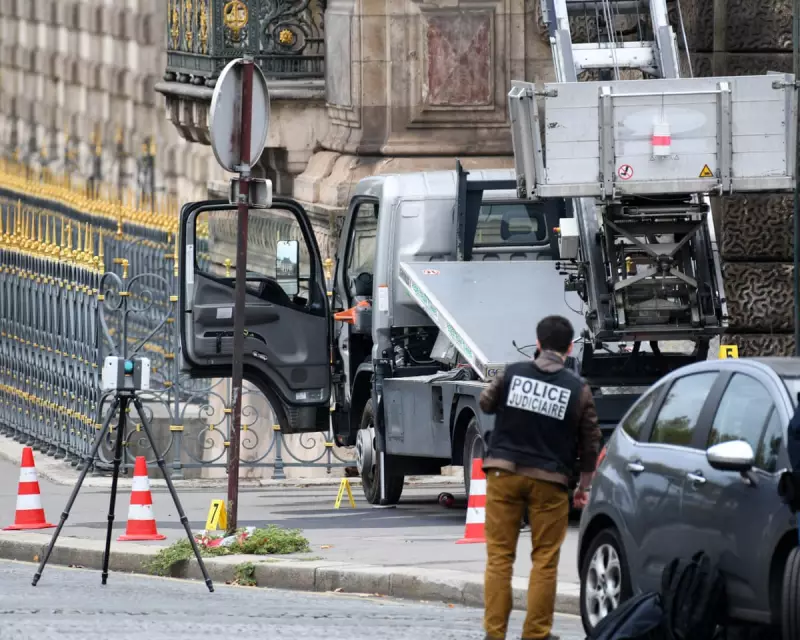
In a remarkable development that reads like a crime thriller, French authorities have announced the recovery of €12 million (£10.3 million) worth of Renaissance jewels stolen in a brazen 2019 heist from the Louvre Museum. The breakthrough came through sophisticated forensic analysis of DNA and fingerprint evidence that had been preserved for years.
The Daring Daylight Heist
The theft occurred in broad daylight, with thieves targeting priceless pieces from the museum's renowned collection. The stolen items included exquisite Renaissance-era jewels that had been part of the Louvre's permanent exhibition, representing both immense financial value and irreplaceable cultural heritage.
Forensic Science Breakthrough
Investigators revealed that advanced DNA analysis techniques, combined with fingerprint evidence collected at the crime scene, ultimately led to the recovery. The forensic materials had been carefully preserved in the years following the theft, waiting for technology to advance sufficiently to provide the crucial leads needed to crack the case.
French judicial police made two arrests in connection with the recovery operation, though specific details about the suspects remain under investigation. The successful operation demonstrates how persistent forensic work can solve even the most challenging art crimes years after they occur.
Treasures Returned to Their Rightful Home
Authorities have confirmed that all recovered items have been authenticated as the genuine stolen pieces. The jewels are now undergoing conservation assessment before their anticipated return to public display at the Louvre, bringing closure to one of the museum's most significant modern thefts.
This case sets an important precedent for international art crime investigation, showing that even years after a theft, determined forensic work can bring both criminals to justice and stolen cultural treasures back to their rightful home.





